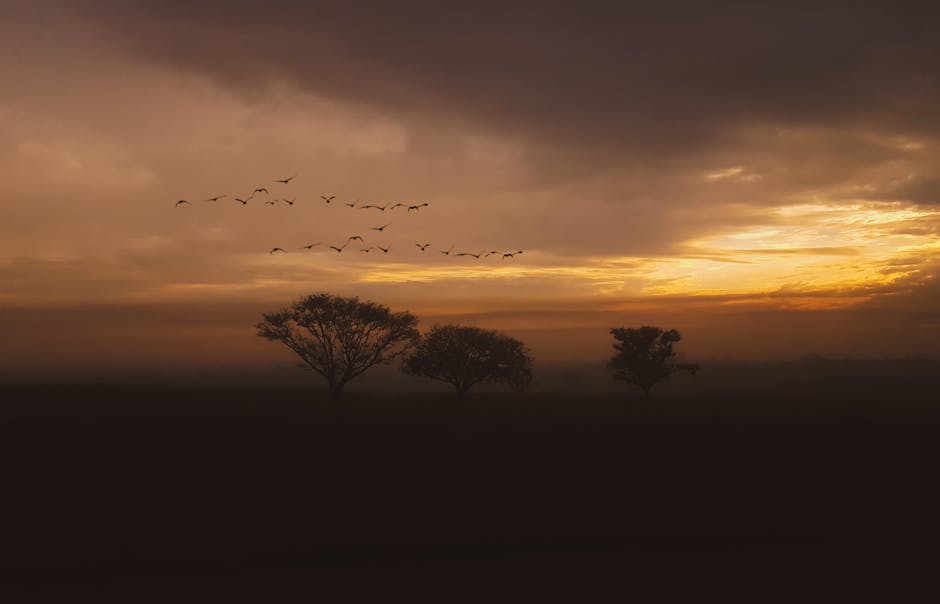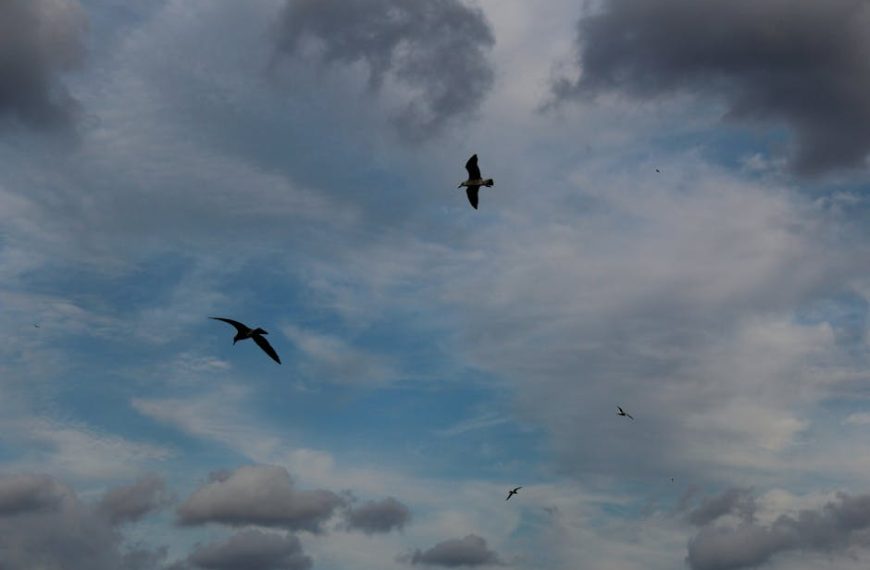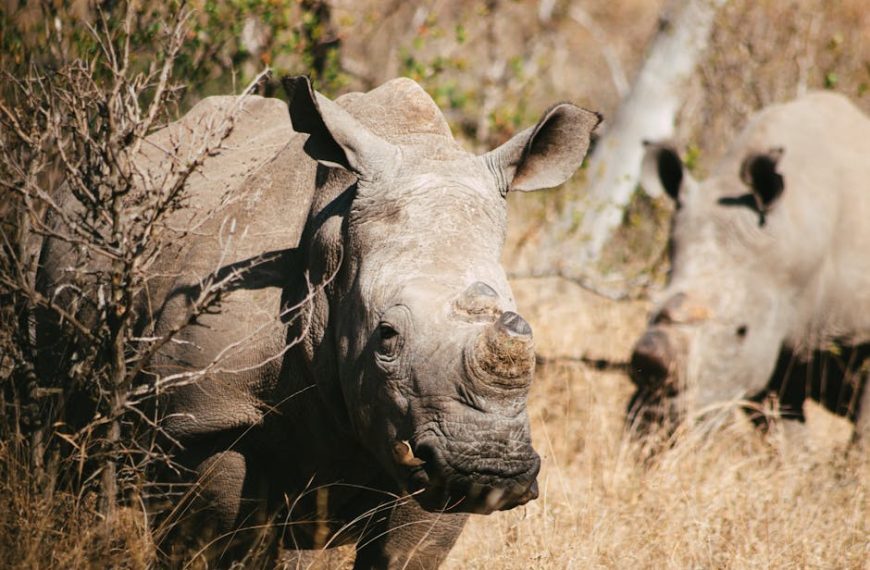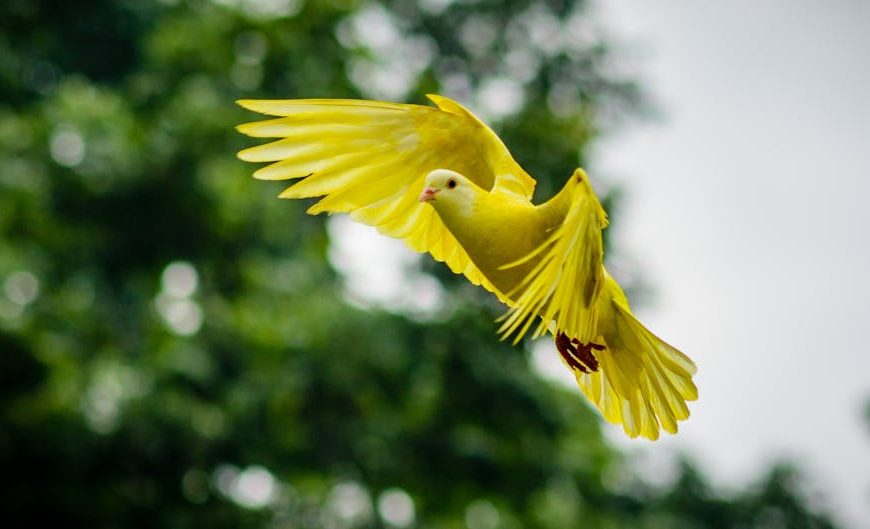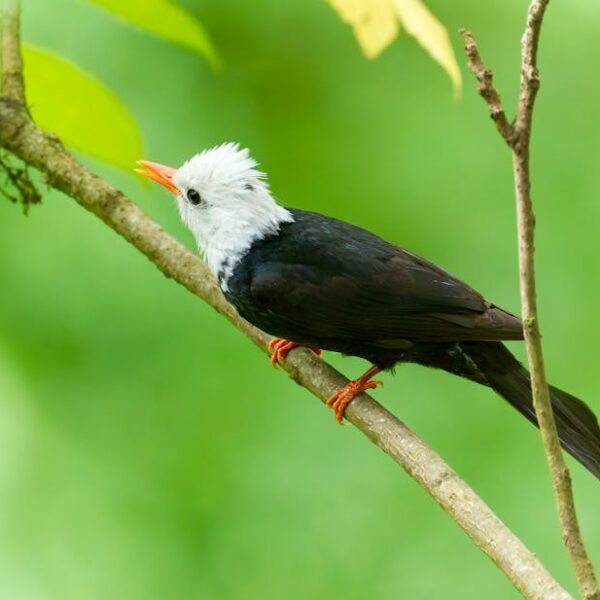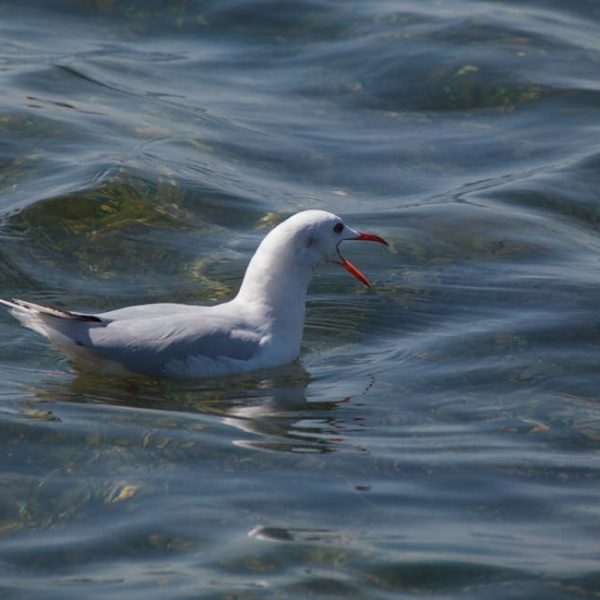Imagine venturing out into nature on a typical day, and suddenly you notice a conspicuous void – the usual hum and chirp of bird activity is missing. The skies are eerily empty, and on digging deeper, you realize that you’ve stumbled upon an area where our avian friends choose not to fly. So, what drives this intriguing phenomenon? This article will unravel the mysteries surrounding this fascinating subject, complemented by intriguing scientific theories, noteworthy global regions experiencing this phenomenon, its ecological impact, and the diverse cultural mythologies surrounding them.
Understanding the Phenomenon of Regions Where Birds Don’t Fly
A thin line separates the unexplored wonders of nature from the bizarre, and places where birds don’t fly beautifully osculate this edge of curiosity. Often, an interplay of ecological, geographical, and meteorological factors contributes to such anomalies. Unusually high or low temperatures, dense atmospheric composition, aggressive predators, scarcity of food sources, and peculiar magnetic fields could possibly deter avian species from these regions.
The following are some key features of these areas:
- Unfrequented by birds due to lack of conducive environmental conditions.
- The usual avian activities like nesting, mating, and feeding are noticeably absent.
- Showcase unusual animal behavior due to the absence of avian species and their associated ecological roles.
If you are a bird watcher or a nature photographer hankering for a unique experience, such places could be your next adventure. However, while observing these ecosystems, it’s crucial to minimize disturbances, avoid feeding or interacting with wildlife, and commit to leaving no trace.
Scientific Theories Behind Birds’ Lack of Flight in Certain Regions
Scientists and researchers have put forth several theories to account for the bewildering absence of bird flight in certain locales. Some theories point towards intense magnetic fields affecting the birds’ sense of direction, while others highlight the role of harsh climatic conditions, high wind speeds, and lack of suitable food sources.
Let’s weigh each theory on the scale of plausibility and supporting evidence:
| Theory | Pros | Cons |
|---|---|---|
| Magnetic fields interference | Backed by scientific findings on birds having a magnetic sense. | Unlikely to apply to all avian species and regions. |
| Harsh Climate | Harsh climates can indeed limit accessibility. | Does not explain instances in mild climate areas. |
| High Wind Speeds | Highly likely in regions with severe atmospheric conditions. | Not applicable in calm geographical areas. |
| Scarcity of Food | Food scarcity does drive bird movement. | Predators, not food sources, might deter birds in some cases. |
Want to stay abreast of the recent advancements unraveling these theories? Follow prominent ornithologists and research publications, a little bit of reading can take you a long way in understanding such fascinating natural phenomena.
Notable Regions Around the World Where Birds Don’t Fly
The world map is sprinkled with regions known for their absent avian activity. One such region that pops up in everyone’s mind is the Bermuda Triangle, infamous for its unexplained disappearances. Similarly mystifying is the Lake Natron in Tanzania with its deadly alkaline waters, and North Sentinel Island in India, a secluded place known for its hostile human inhabitants.
Here’s a brief overview:
- Bermuda Triangle: An Atlantic region where peculiar magnetic anomalies and disappearance of craft incite fear.
- Lake Natron, Tanzania: Alkaline waters and high temperatures deter avian species, except for the resilient lesser flamingo.
- North Sentinel Island, India: Birds seem to evade this isolated island, possibly due to the lack of supportive ecosystem.
Comparison: Differences and Similar Characteristics Between These Regions
| Region | Reasons for No Bird Activity | Unique Aspects |
|---|---|---|
| Bermuda Triangle | Magnetic aberrations, mystery disappearances | Widely speculated place with numerous theories explaining its eerie phenomena |
| Lake Natron, Tanzania | Highly alkaline waters, soaring temperatures | Despite harsh conditions, home to thousands of lesser flamingo |
| North Sentinel Island, India | Seclusion, aggressive human residents | One of the few spots on Earth untouched by globalization |
The Impact of Missing Avian Presence on these Ecosystems
Birds play a crucial role in maintaining ecosystem integrity, and their absence can create a considerable ripple in the balance of biodiversity. From seed-dispersal to insect control, birds carry out diverse ecological roles that are challenging to substitute.
Here’s a brief rundown of potential impacts:
- Interrupted seed dispersal and germination
- Increased populations of insects and certain animal species without control from bird predators
- Reduction in nutrient recycling
While these ecosystems present an intriguing subject, it’s crucial to remember that they must be observed with minimal human intrusion. Steer clear from activities that can endanger native species or disrupt their habitat.
Exploring Myths and Folklore Associated with Lands Where Birds Don’t Fly
Folklore and myths breathe life into the skeletal facts of our world. And the regions where birds don’t fly are no exception. These mysteries have been woven into the fabric of many cultures, styled as nature’s forbidden realms or pathways to other worlds.
Here are a few renowned myths associated with such regions:
- The Bermuda Triangle’s legendary vanishings have fueled countless theories, from alien involvements to lost civilization technology.
- Lake Natron in Tanzania is sometimes portrayed as the petrifying lake that turns animals into stone statues.
Every myth provides a glimpse into humanity’s effort to comprehend natural phenomena. And while we should lean on science for explanations, cultural folklore reminds us of our curious and imaginative spirit.
Key Takeaway:
- There are several areas worldwide known as regions where birds do not fly, which is due to ecological, geographical, and meteorological factors such as unusual temperatures, lack of food sources, and peculiar magnetic fields.
- Scientific theories explaining the absence of bird flight in these regions range from magnetic field interference and harsh climates to high wind speeds and scarcity of food. However, none of these theories applies uniformly across all regions and bird species.
- The Bermuda Triangle, Lake Natron in Tanzania and North Sentinel Island in India are notable examples of such regions where birds don’t fly.
- The absence of bird flight can significantly impact ecosystems, disrupting seed dispersal, nutrient recycling, and population control of certain animal species.
- Various myths and folklore attempt to explain the absence of birds in these regions, reflecting human fascination with unexplained natural phenomena.
In spite of the many mysteries that nature presents, remember that our understanding of these wonders continues to grow with scientific inquiry. Even if we are yet to fully solve the puzzle of regions where birds don’t fly, every exploring step brings us closer to an answer. Preserve your sense of curiosity, respect the sanctity of these unique ecosystems, and continue to marvel at the world we inhabit.
FAQs
Q: What other regions are known for their missing avian activity apart from the Bermuda Triangle, Lake Natron, and North Sentinel Island?
A: There are multiple regions globally witnessing this phenomenon, but these are largely uncharted territories. Regular research might add more such places to our existing list.
Q: Are there any bird species known to survive in these regions where others can’t fly?
A: Every region has its own unique set of conditions. For instance, Lake Natron in Tanzania is home to the lesser flamingo despite its harsh surroundings. So, there might be some bird species with unique adaptations enabling their survival in their specific harsh environments.
Q: Can human activity affect the regions where birds don’t fly?
A: Yes, human activities like deforestation, pollution, and hunting can exacerbate conditions in these ecosystems making them more hostile for birds.
Q: Could these regions convert back to normal where birds can fly?
A: While it’s hard to say with current knowledge, given the resilience and adaptability of nature, it is possible under ideal circumstances. However, it might take significant time and favorable changes in environmental conditions.
Q: Are there any conservation efforts for these no-fly areas for birds?
A: Given the unique nature of these ecosystems, conservational efforts might not strictly follow conventional strategies. Local and global ecological organizations do monitor these areas and strive for their protection while balancing the interests of wildlife, environment, and human involvement.
Please feel free to share this article with those fascinated by the mysteries of nature. Explore more enlightening topics on our website!
